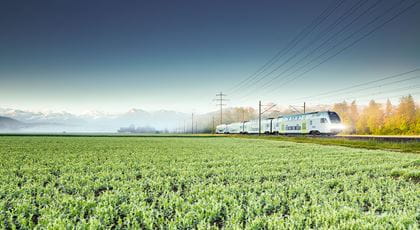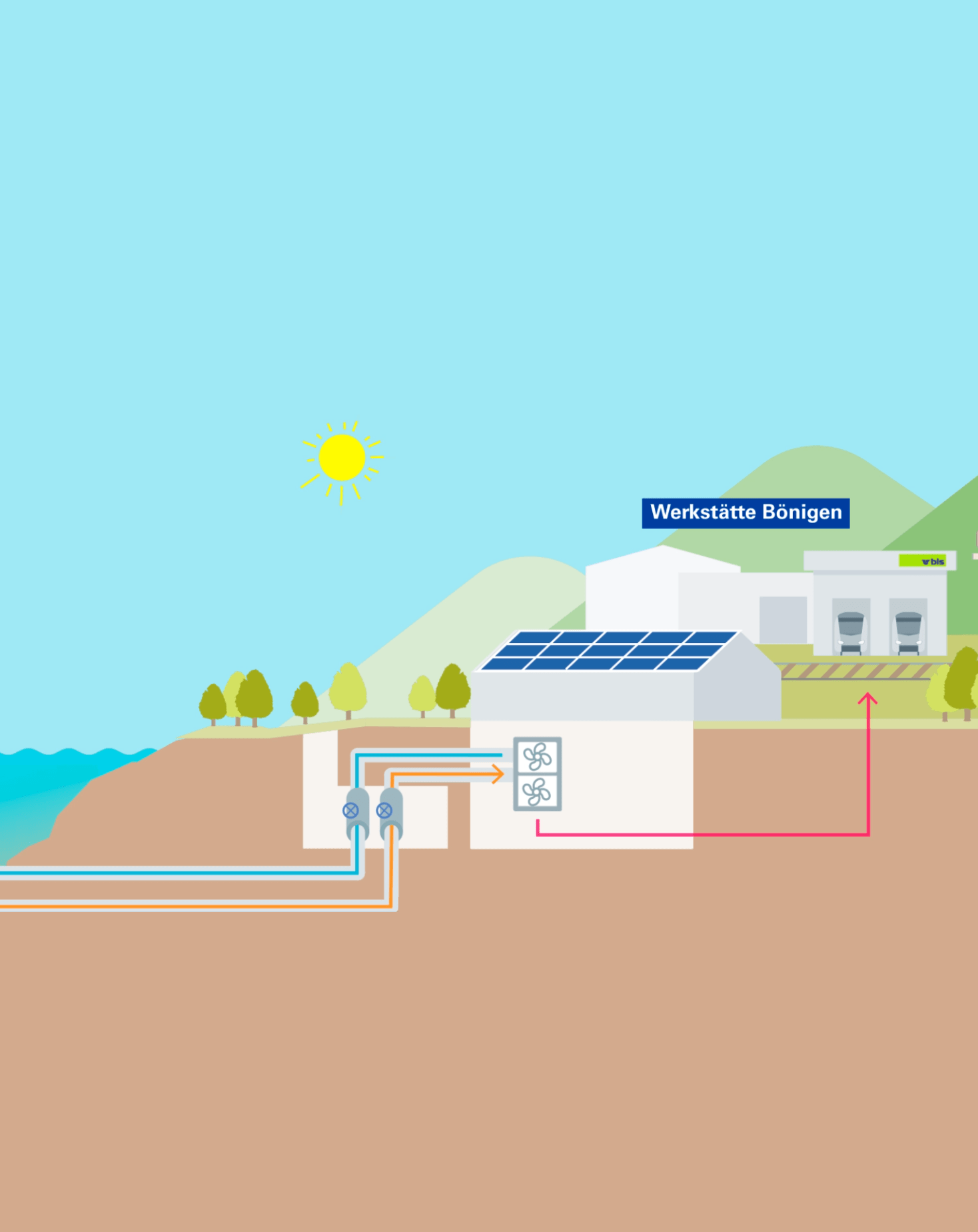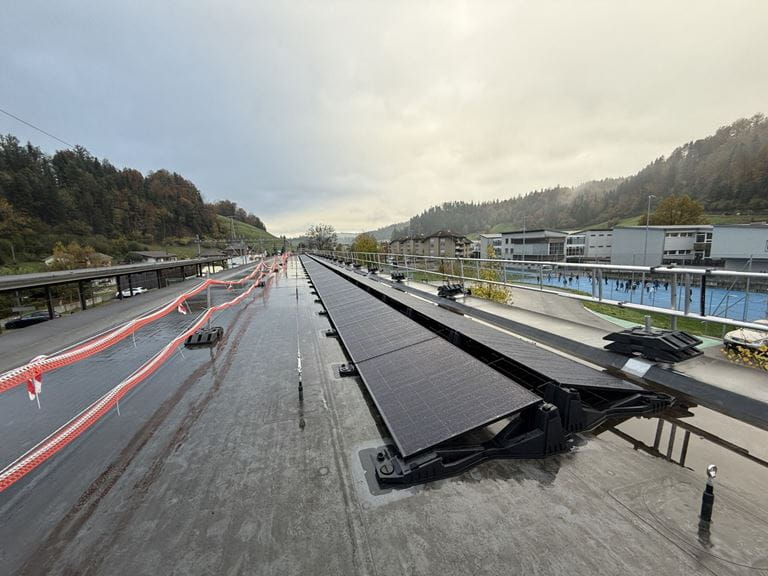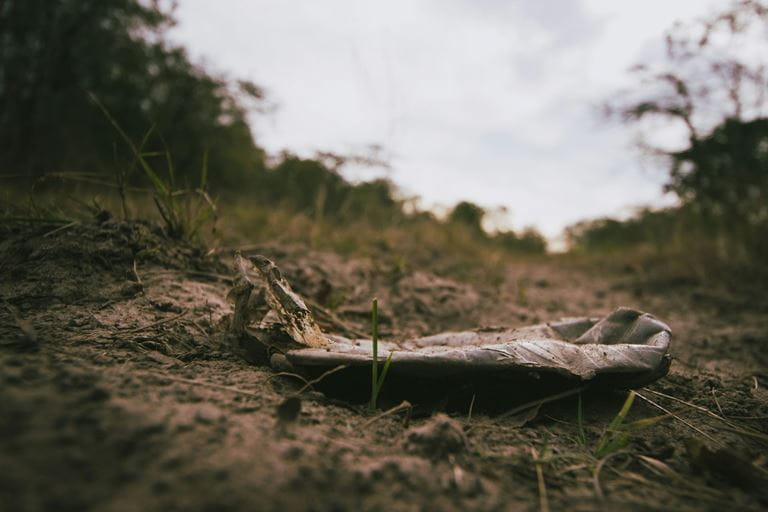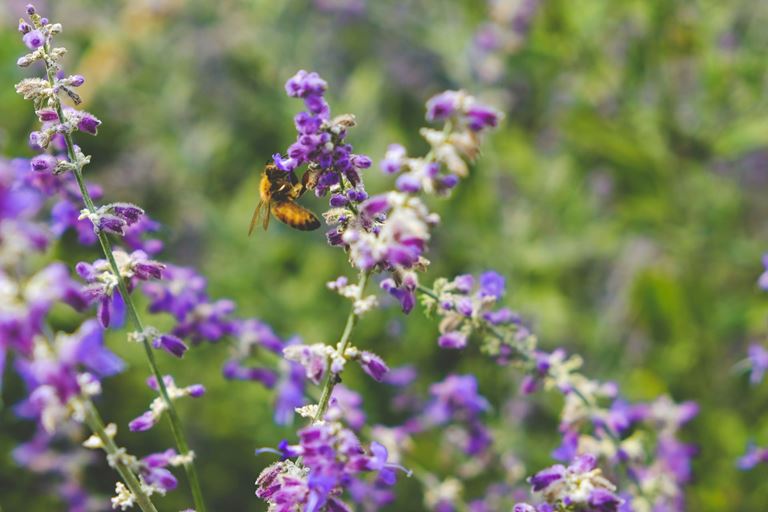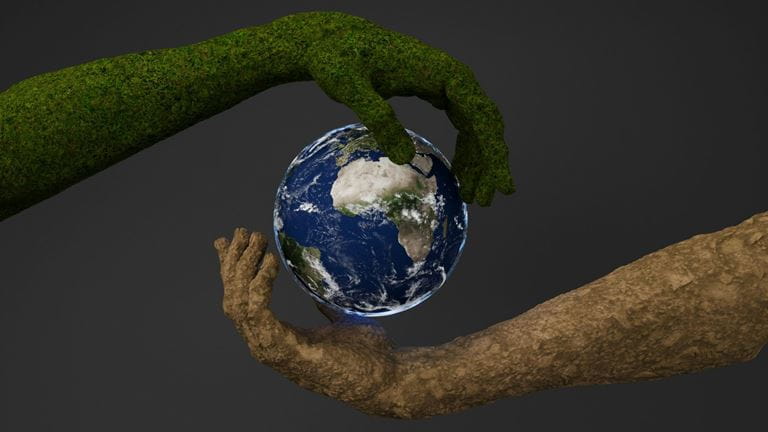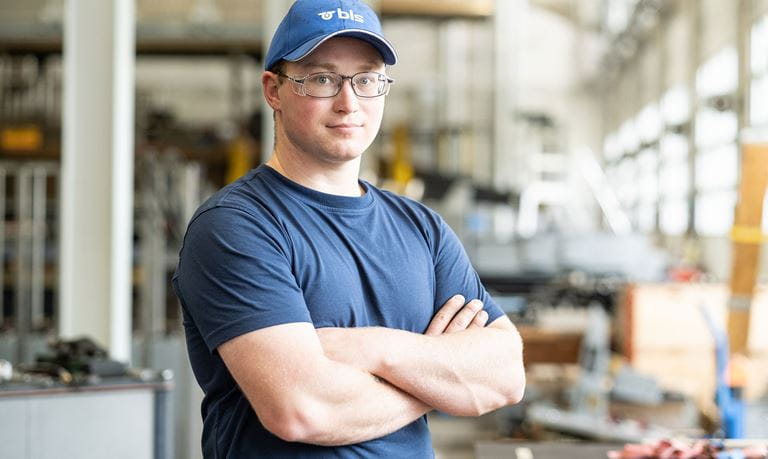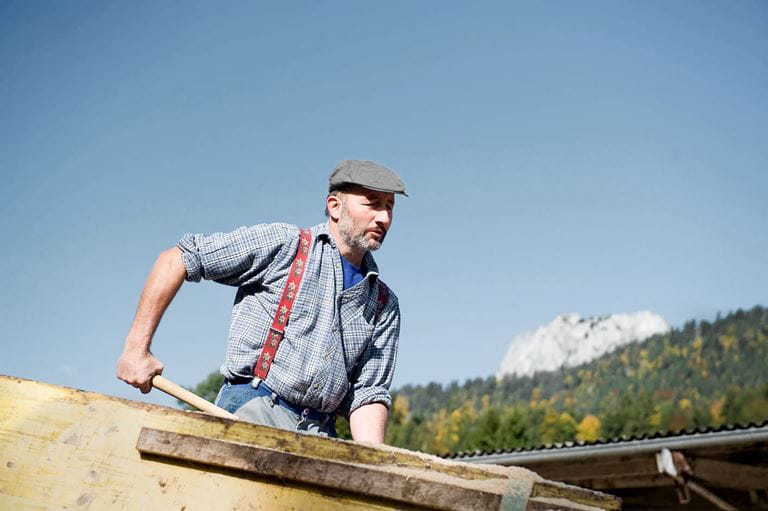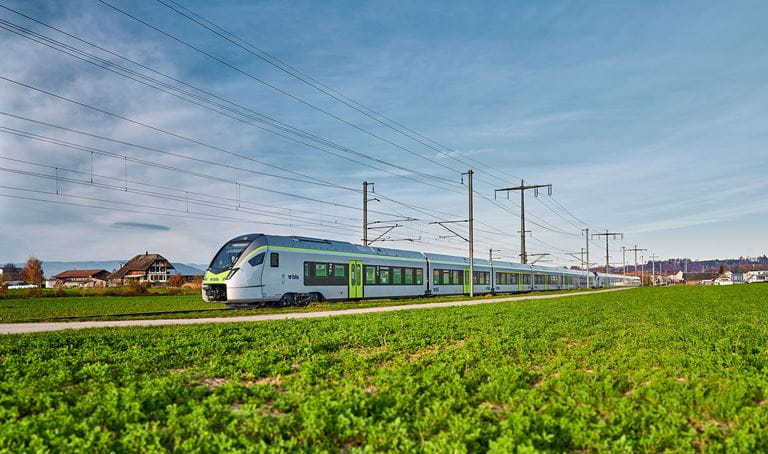Responsibility
Think sustainably, act responsibly
Sustainability at BLS
Diverse measures for sustainable mobility
At BLS, sustainability means a balanced interplay of social, ecological and economic aspects. These are taken into account in all decisions, with the aim being to conserve resources in the long term and meet the needs of current and future generations.
Based on its sustainability strategy, BLS is implementing a wide range of measures for sustainable mobility.
Eight topics form the core of the sustainability strategy:
What else might interest you
Passenger information
Accessible travel
It is important to BLS that everyone can use public transport independently and spontaneously. In particular, this includes people with disabilities being able to board and alight from trains independently and access all information at the train station and when on board trains.
More
